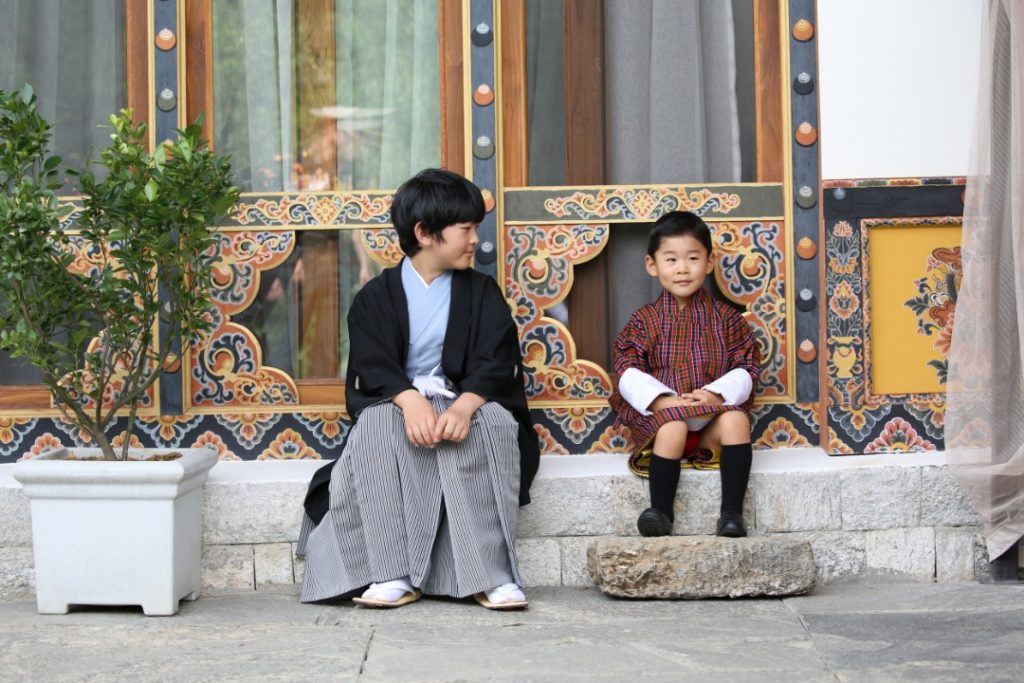Now that the dust has settled on the Enthronement Ceremony and other events surrounding Emperor Naruhito of Japan’s enthronement, we can discuss the elephant in the room – Japan not allowing female ascension.
Japan is a first-world country, advanced in technology and a highly developed free-market economy similar to its European counterparts with monarchies like the United Kingdom, Belgium, the Netherlands, etc. So why are they behind the times when it comes to the rules surrounding the laws of succession?
Japan has three people in the line of succession – one of whom is 83-year-old Masahito, Prince Hitachi. The Crown Prince is 53-year-old Fumihito, Crown Prince Akishino, and second in line is Prince Hisahito, 13. The country is in danger of having no one left in the line of succession.
If Prince Hisahito grows up and only has daughters, under the current law, there would be no one to take the throne upon his death. Female members of the Imperial Family are not only barred from ascending the throne, but they are also unfairly forced to leave the Imperial Family and renounce their titles to marry a commoner. Thus, the Imperial Family continues to dwindle.

I’m all for preserving tradition, but I’m also all for equality. Women are just as smart and capable as men. Some of the world’s best leaders have been women. Look at the United Kingdom, the three best monarchs in their history have been female: Queen Elizabeth I, Queen Victoria and the reigning Queen Elizabeth II.
Japanese women deserve to show their ability to rule and lead Japan. Princess Aiko – the only child of Emperor Naruhito and Empress Masako – deserves to sit on the throne and lead the Japanese people, and the Japanese people overwhelmingly support the idea of a female monarch. A recent survey by Kyodo News saw close to 82 per cent of Japanese people approving of a female reigning in her own right.
[getty src=”1140242945″ width=”594″ height=”395″]It was so wonderful to see Empress Masako so happy during the various ceremonies last week in Japan. She’s suffered for decades with emotional disorders, including an adjustment disorder, that have been attributed to the high pressure of not producing a male heir. Her husband even controversially commented that the Imperial Household Agency put too much pressure on his wife causing her emotional distress. Now that she is the Empress consort, she seems secure in her role in Japan, and it is only fair to her that her beloved daughter, Princess Aiko one day sit on that throne. It would be the ultimate success for a woman who suffered for years at the hand of the establishment to see her daughter reign.
Japan having an Empress regnant is not unheard of; it has happened in the past. There have been eight female imperial reigns with the last one reigning in the mid-1700s.
It is time Japan get with the times and finally pass a law allowing for female ascension, as well as allowing royal women to retain their titles and remain in the family when marrying a commoner. The world is watching and waiting.

